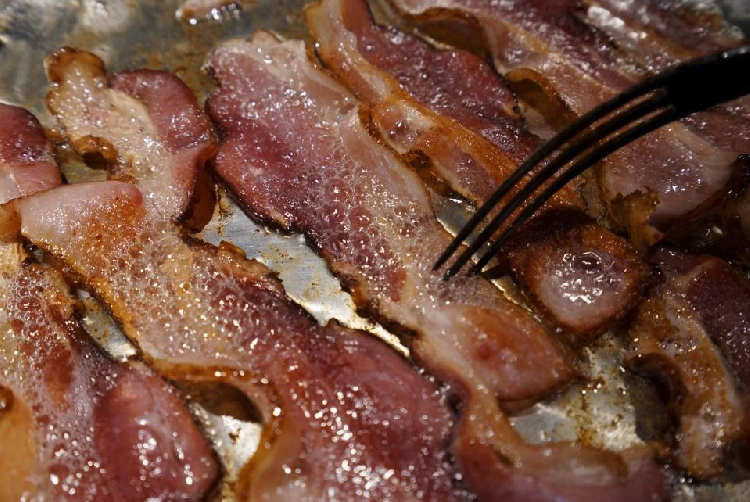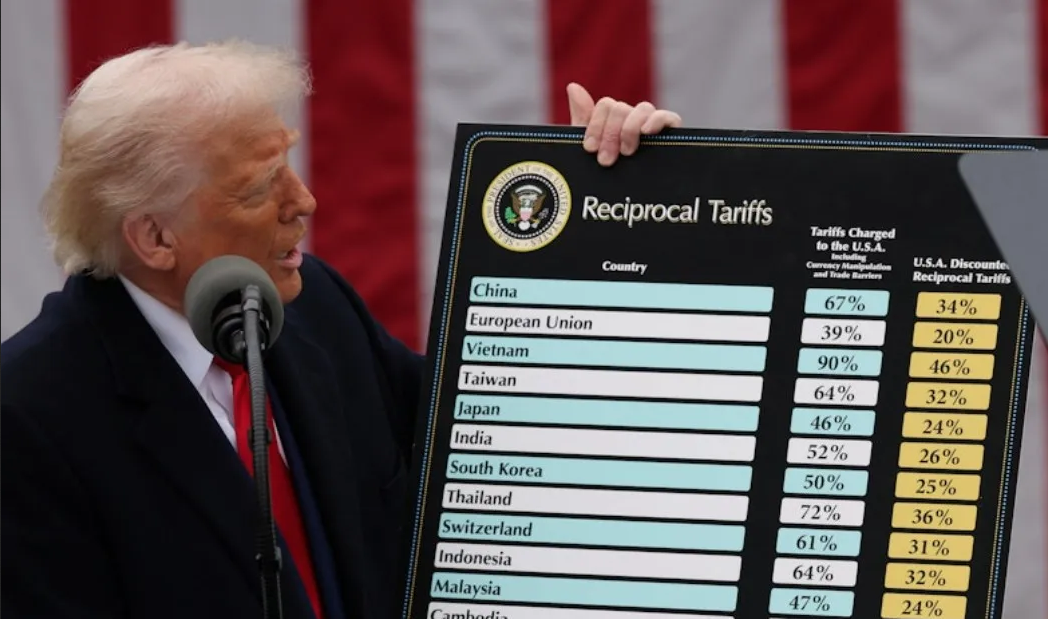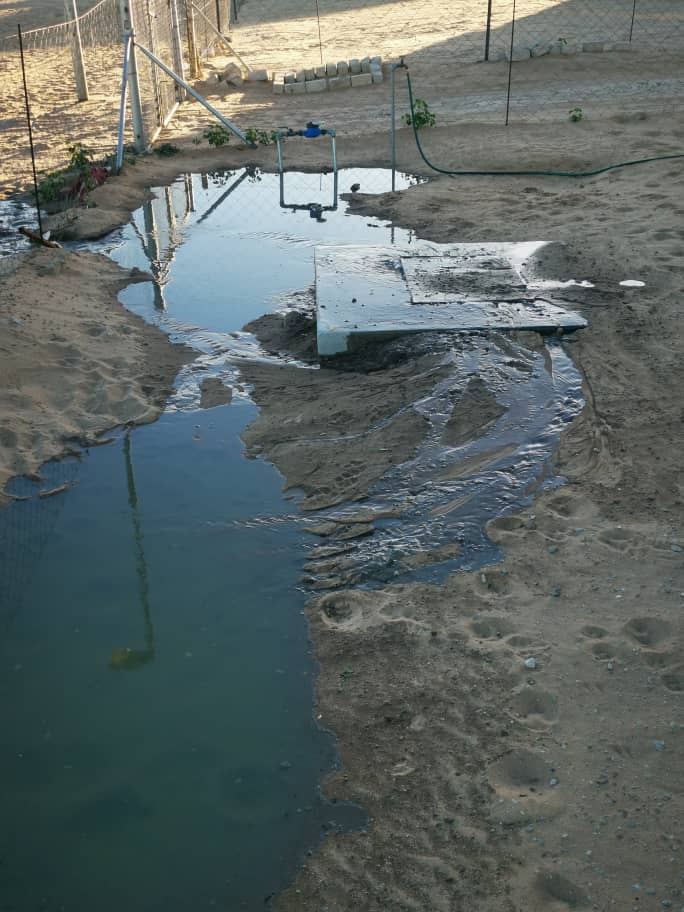LONDON mdash; Thanks to scientists working under the auspices of the World Health Organisation, you can be fairly sure your toothbrush won’t give you cancer.
Over four decades, a WHO research agency has assessed 989 substances and activities, ranging from arsenic to hairdressing, and found only one was ‘probably not’ likely to cause cancer in humans. It was an ingredient in nylon used in stretchy yoga pants and toothbrush bristles.
All the other 988 substances, however, pose some level of risk or need further research, according to the International Agency for Research on Cancer (IARC), which is an arm of the WHO.
Some things in IARC’s top category of carcinogens are pretty obvious nasties, such as plutonium, mustard gas and smoking tobacco.
Others are more surprising: Also ranked as ‘Group 1 Carcinogens’ are wood dust and Chinese salted fish.
IARC has said working as a painter causes cancer, using a mobile phone possibly does, and working shifts as a pilot or a nurse, for example – is ‘probably carcinogenic.’ Last October, it ranked processed meats in its top category of known carcinogens, alongside plutonium.
The findings have caused consternation, not least for non scientists puzzled by what IARC’s rankings mean.
As a global authority on cancer – a disease which kills more than 8 million people a year worldwide, with more than 14 million new cases appearing annually – IARC has enormous influence and commands much respect, even among its critics.
Yet, experts from academia, industry and public health say IARC confuses the public and policymakers.
Some critics say the way IARC considers and communicates whether substances are carcinogenic is flawed and needs reform.
Even the WHO, which oversees IARC, was caught off guard by the agency’s announcement that red and processed meat should be classified respectively as probable and known carcinogens.
The WHO’s official spokesman, Gregory Hartl, issued a statement, saying WHO’s Geneva headquarters had been flooded with queries and requests for clarification. IARC’s ruling did not mean people should stop eating meat, he said.
Asked about the relationship between IARC and the WHO, Hartl told Reuters: ‘WHO works closely and continually with IARC to improve the way the two bodies collaborate and communicate on the knowledge of potential and real hazards and risks to the public.’
At stake are judgements that can affect the lives of millions of people and the economic activities of states and multinational companies.
IARC’s rulings influence many things, from whether chemicals are licensed for use in industry to whether consumers choose or spurn certain products or lifestyles.
But its methods are poorly understood and do not serve the public well, according to Bob Tarone, a statistician formerly at America’s National Cancer Institute and now Biostatistics Director at the International Epidemiology Institute.
He said of the way IARC works: ‘It’s not good for science, it’s not good for regulatory agencies. And for people? Well, they are just being confused.’
Paolo Boffetta worked at IARC for 19 years, rising to become head of the genetics and epidemiology team, and describes himself as ‘still a strong supporter’ of the agency.
Nevertheless, Boffetta, now at the Mount Sinai School of Medicine in the United States, said IARC’s approach sometimes lacks ‘scientific rigour’ because its judgements can involve experts reviewing their own research or that of colleagues.
Some institutions have also clashed with IARC. The agency is currently embroiled in an acrimonious dispute with the European Food Safety Authority (EFSA) over glyphosate, an ingredient of widely used pesticides. IARC says glyphosate is ‘probably carcinogenic.’
EFSA says it isn’t. The glyphosate row has thrown up concerns about potential conflicts of interest at IARC: It involves an adviser to the agency who is closely linked to the Environmental Defence Fund, a US campaign group opposed to pesticides.
In the face of its critics, IARC steadfastly defends its methods and aims. ‘This is really the strongest possible process,’ Kurt Straif, the head of IARC’s classification programme, told Reuters when asked about the way his agency evaluates possible causes of cancer.
IARC’s director, Chris Wild, has also defended the agency against criticism in scientific journals. In a letter to one of the journals, he said the scientists involved in its classification decisions ‘are motivated by a desire to improve public health by identifying the causes of human cancer and thereby contributing to disease prevention.’
Richard Sullivan, a professor of cancer policy and global health at King’s College London, says any confusion is due to a widespread misunderstanding of IARC’s role.
‘IARC is purely there to do the science. And the science is absolutely fine,’ he told Reuters. ‘But there is a disjunction between the pure science and the policy and public health messaging. That’s where problems arise.’
It ended up as a semi autonomous part of the WHO with modest funds. IARC, based in Lyon, had revenue of about 30 million euros (US$34 million) in 2014, whereas the British charity Cancer Research UK had income of about US$875 million and the US government’s National Cancer Institute had a budget of US$4,9 billion in 2014.
Despite its limited financial heft, IARC was a pioneer and established itself as a world leading authority. Its assessments of whether something is a cause of cancer catch the eyes and ears of policymakers and the public.
To produce its assessments, IARC assembles groups of experts who review the existing scientific evidence and then place a substance or activity in one of five categories: carcinogenic to humans; probably carcinogenic; possibly carcinogenic; not classifiable as carcinogenic; and probably not carcinogenic. These reports are known as ‘monographs.’
Stay informed with The Namibian – your source for credible journalism. Get in-depth reporting and opinions for
only N$85 a month. Invest in journalism, invest in democracy –
Subscribe Now!










